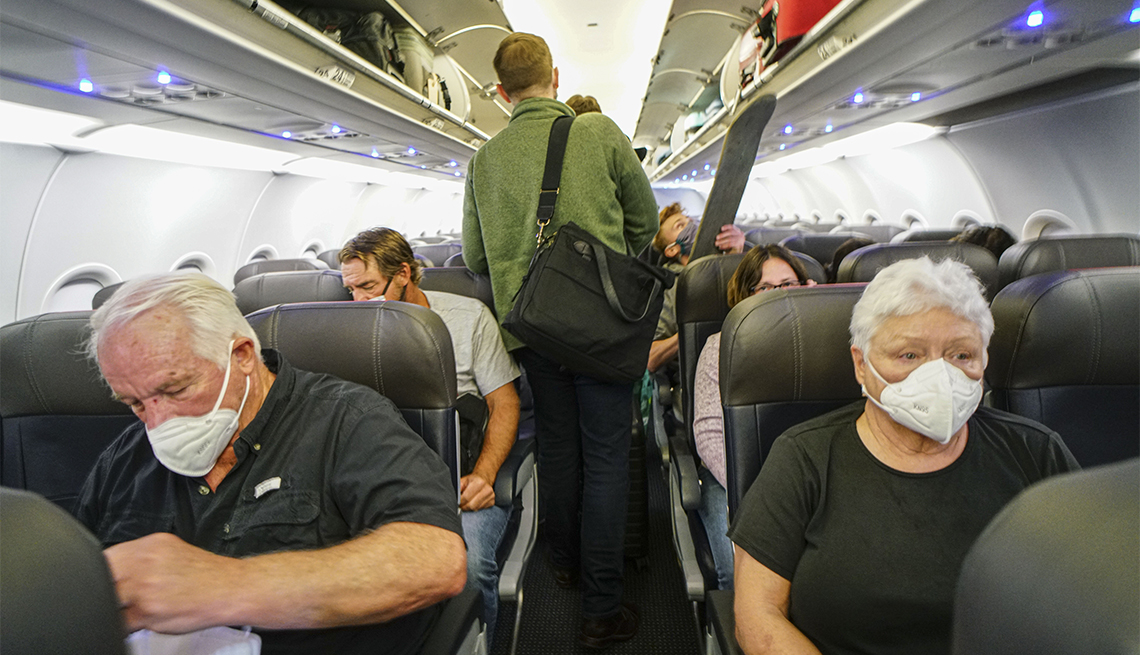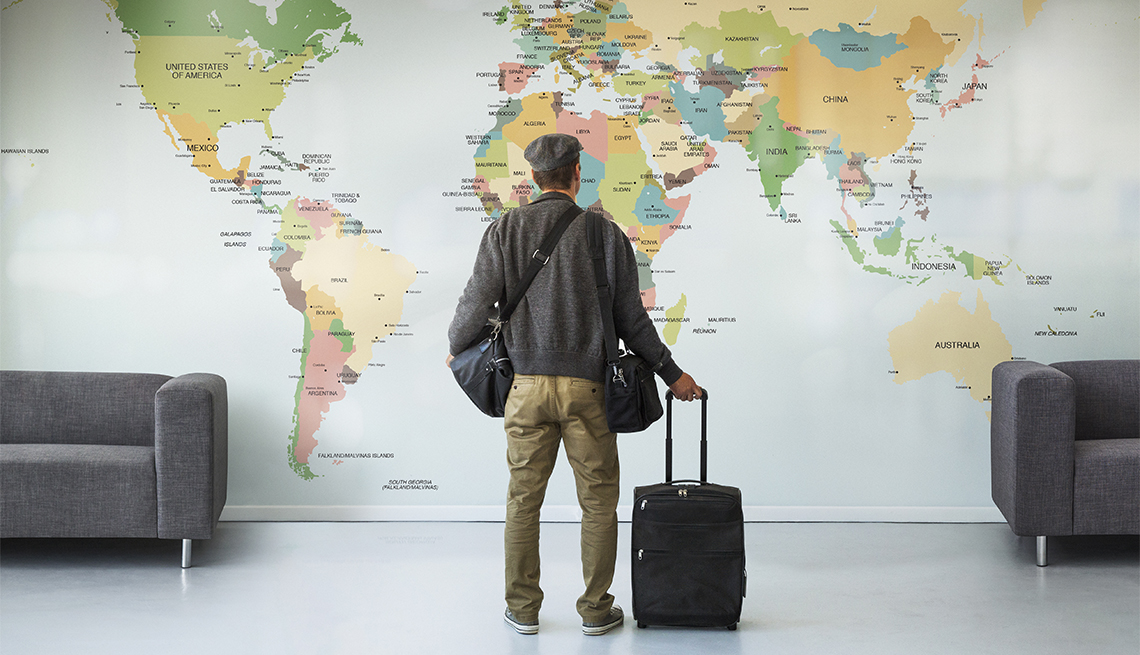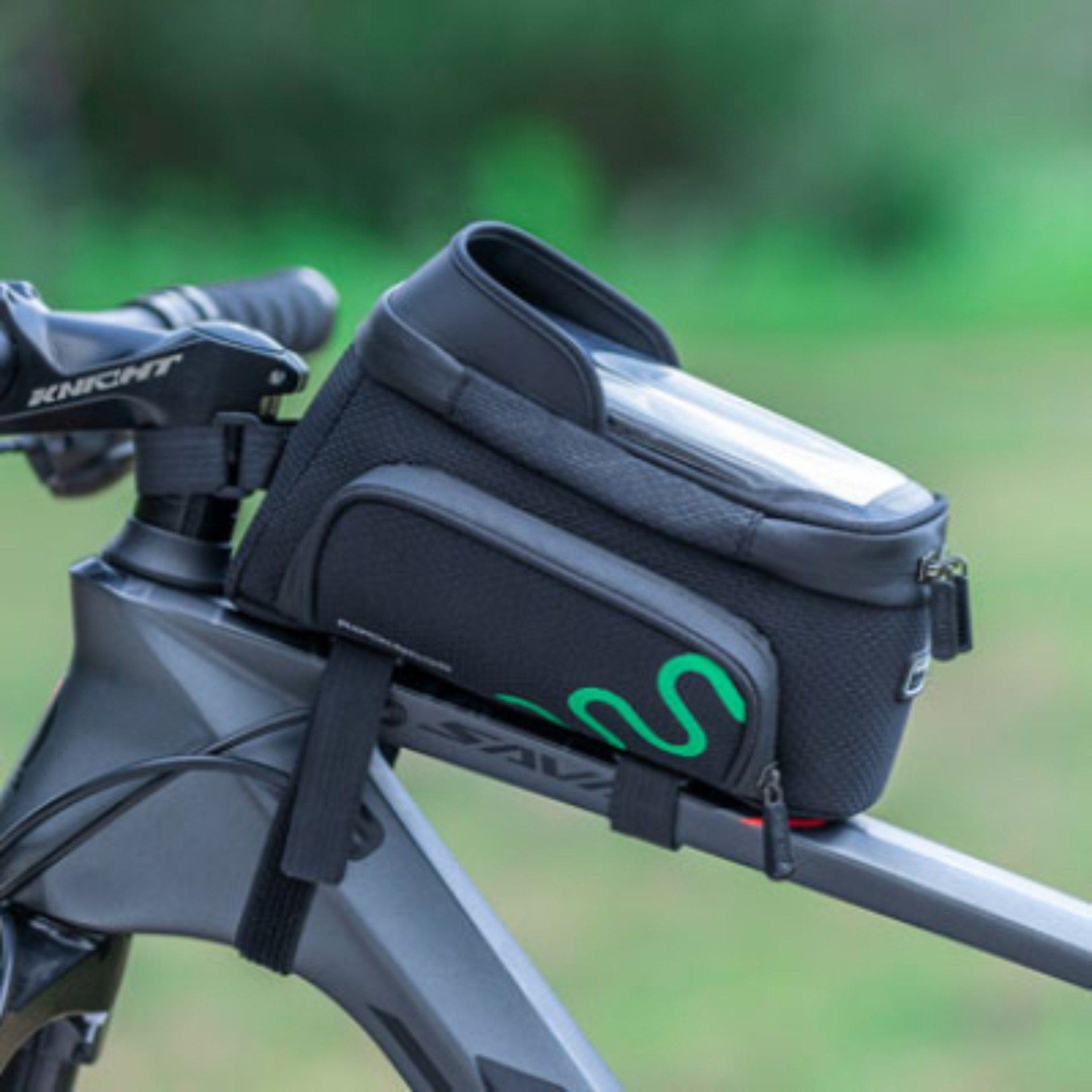New TSA Security Procedures

A traveler pulls down her protective mask as a TSA agent compares her face to her identification at a security entrance at Seattle-Tacoma International Airport Monday, May 18, 2020
The Transportation Security Administration has actually revealed brand-new procedures to keep contact to a minimum for both TSA representatives and fliers who go through security screening during the coronavirus break out.
While air traffic is still low– 230,367 passengers travelled through TSA checkpoints on May 20, for instance, compared to 2,472,123 guests the same day in 2019– the numbers are slowly increasing as locations of the nation start to loosen stay-at-home and other constraints.
TSA expects to have new treatments at airports across the country by mid-June.
The changes are:
1. To prevent cross-contamination, TSA authorities will no longer deal with boarding passes. Passengers will touch their own paper or electronic boarding passes to the code reader. They’ll likewise be asked to hold it for the officer to inspect.
2. Food requires to be placed in a clear plastic bag, and taken out of other bags, prior to being put in a bin for evaluation. The TSA explains: “Food products often activate an alarm during the screening procedure; separating the food from the carry-on bag reduces the possibility that a TSA officer will require to open the carry-on bag and eliminate the food items for a closer evaluation.”
3. Guests are being asked to be extra vigilant about forbidden products. While travelers have long been asked not to bring liquids in amounts higher than 3.4 ounces, the TSA says that it’s a lot more essential to follow these guidelines now so officers can “touch the contents inside a carry-on bag much less often.” If there are prohibited items, travelers might be asked to get rid of the products themselves and return through security after tossing them out. Up to 12 ounces of hand sanitizer will be permitted through security, but TSA asks that it be eliminated from carry-on bags prior to screening.
4. Travelers require to practice physical distancing whenever possible. There might be markers on the flooring suggesting appropriate spacing between guests waiting in line, in addition to other ways to help tourists in physical distancing.
5. TSA officers at checkpoints will use face masks and gloves, and travelers are encouraged to wear face masks. TSA officers will also alter gloves after each pat-down search of a guest. Some agents may pick to wear eye protection or clear plastic face guards.
6. Travelers must put loose items in carry-on bags instead of in bins. Keeping items such as keys and phones out of the bins will “decrease touch-points throughout the screening procedure,” TSA says.
7. Guests must reach airports with plenty of time for screening. The TSA statement notes that while low traveler volume has enabled tourists to arrive shortly before their set up departure time in recent months, the brand-new procedures and reduced staffing at airports may need additional time for signing in and screening.











